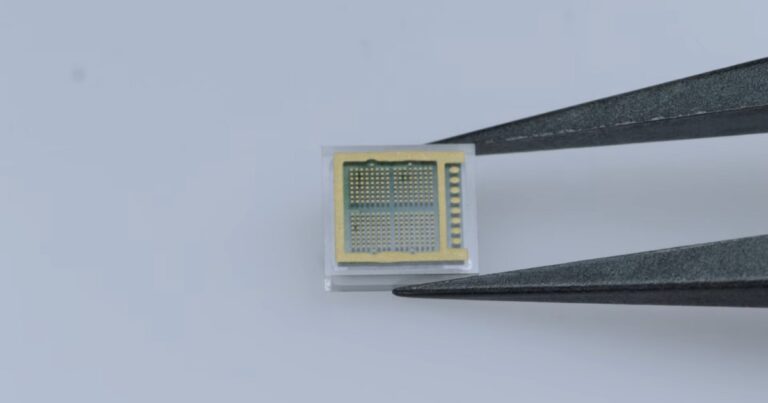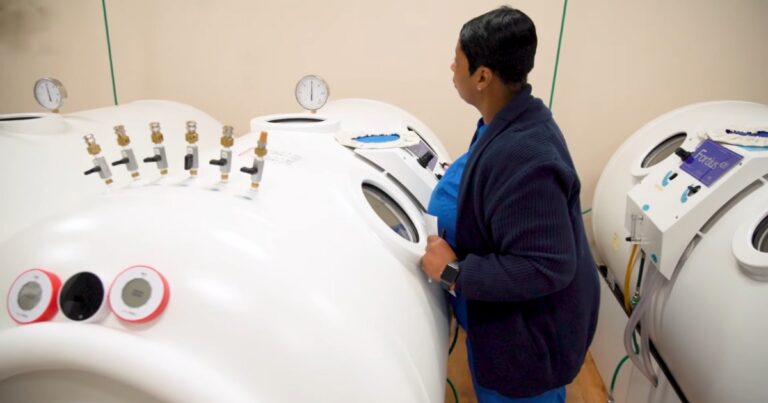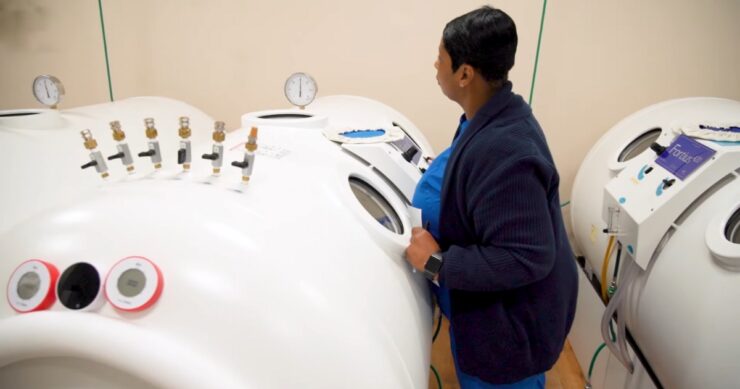In the rapidly advancing field of neuroscience and technology, one of the most groundbreaking developments of the 21st century is the advent of brain-computer interfaces (BCIs). At the forefront of this innovation is Neuralink, a neurotechnology company co-founded by Elon Musk in 2016.
With the ambitious goal of merging the human brain with artificial intelligence, Neuralink’s endeavors have sparked both excitement and ethical debates across the globe.
This article delves into the intricacies of Neuralink’s first brain chip, exploring the technological marvels and the profound implications it holds for the future of humanity.
The Genesis of Neuralink
Neuralink was established with a vision that seemed like the stuff of science fiction: to facilitate direct communication between the human brain and computers.
Elon Musk, known for his ventures in revolutionizing space travel, electric vehicles, and sustainable energy, embarked on this journey to address what he perceives as an existential threat from artificial intelligence.
By enhancing human cognition, Neuralink aims to enable humans to keep pace with AI, potentially unlocking unparalleled advancements in medicine, science, and daily life.
The Technology Behind the Chip
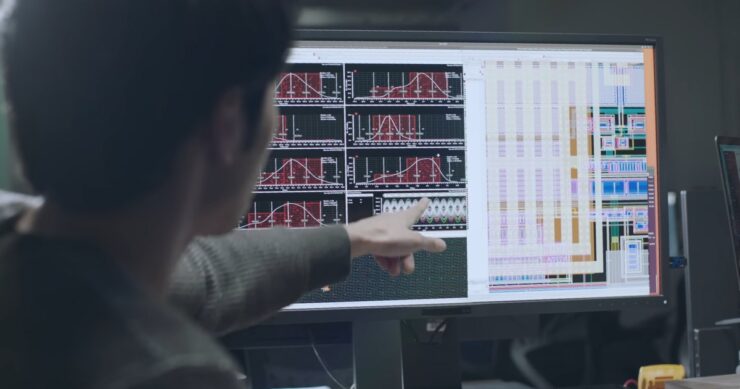
At the heart of Neuralink’s innovation is the “Link,” a sophisticated brain chip designed to be implanted into the human skull. The Link is a coin-sized device, remarkable for its compact and complex architecture.
It houses thousands of flexible threads, thinner than human hair, which are meticulously inserted into specific areas of the brain.
These threads are equipped with electrodes that detect neural activity, allowing for the recording and stimulation of brain cells. Learn more about the technology integrated into these brain chips at Healthcare360Magazine.
The implantation process is designed to be minimally invasive, performed by a precision surgical robot developed by Neuralink. This robot ensures the accurate placement of the threads while minimizing the risk of damage to brain tissue.
The seamless integration of the Link with the brain opens up possibilities for monitoring and modulating brain signals in real time, offering potential breakthroughs in neurological treatments and cognitive enhancement.
Breakthrough Demonstrations
Neuralink has made headlines with its public demonstrations, showcasing the capabilities of its brain chip in animal subjects. One of the most notable demonstrations involved a pig named Gertrude, who had a Neuralink device implanted in her brain.
The device successfully recorded neural signals generated by Gertrude’s snout as she interacted with her environment, illustrating the chip’s ability to capture and interpret brain activity.
Further demonstrations have involved primates, with a macaque monkey named Pager playing a video game through neural signals alone, after being trained to use a joystick.
The data captured from the joystick movements was fed into Pager’s brain chip, allowing him to continue playing the game through thought alone, even when the joystick was disconnected.
These experiments not only highlight the chip’s potential to restore motor functions but also hint at future applications in creating seamless interfaces between humans and machines.
Ethical and Safety Considerations
As with any technology that intersects with the human brain, Neuralink’s brain chip raises significant ethical and safety concerns. The prospect of brain chips entails profound questions about privacy, autonomy, and identity.
There are concerns about data security, the potential for hacking, and the misuse of personal neural data. Moreover, the long-term effects of having a foreign object embedded in the brain remain largely unknown, necessitating extensive research and ethical scrutiny.
Neuralink has addressed these concerns by emphasizing its commitment to safety and ethical standards. The company is actively engaging with neuroethicists and regulatory bodies to ensure that its technology adheres to the highest ethical principles and safety protocols.
However, as technology advances toward human trials, the ethical landscape will undoubtedly evolve, requiring ongoing dialogue among scientists, ethicists, policymakers, and the public.
The Path to Human Trials
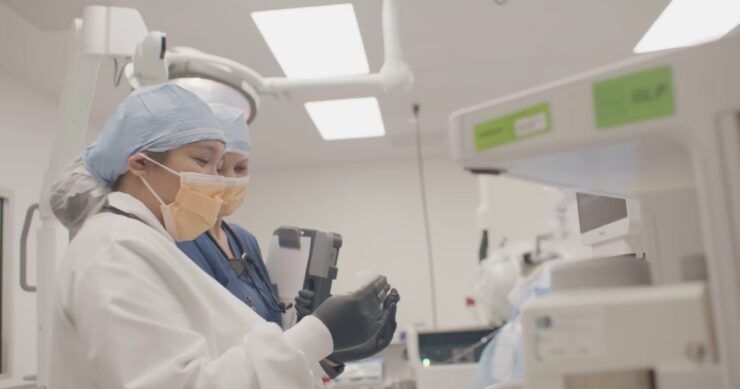
The transition from animal experiments to human trials is a critical step for Neuralink, involving rigorous regulatory approvals and safety assessments.
The company has expressed intentions to secure approval from the U.S. Food and Drug Administration (FDA) to conduct human trials, focusing initially on applications that address severe neurological conditions.
Potential early applications include restoring vision, hearing, and motor functions in individuals with disabilities, as well as treating neurological disorders such as Parkinson’s disease and epilepsy.
The success of human trials would not only validate the safety and efficacy of Neuralink’s brain chip but also pave the way for broader applications in cognitive enhancement and brain-computer interfaces.
The prospect of humans controlling devices, communicating, or accessing information through thought alone is tantalizing, yet it remains contingent on overcoming substantial technical, ethical, and regulatory hurdles.
Beyond Medical Applications
While Neuralink’s immediate goals involve medical applications, the long-term vision extends far beyond.
Elon Musk has spoken about the potential for symbiosis with artificial intelligence, where humans could merge their cognitive capabilities with AI, potentially leading to exponential leaps in creativity, problem-solving, and communication.
Such advancements could revolutionize industries, education, and entertainment, blurring the lines between biological intelligence and artificial intelligence.
Challenges and Criticisms
Despite the excitement surrounding Neuralink, the company faces skepticism from parts of the scientific community. Critics argue that the technology, while promising, is still in its infancy, with many technical challenges to overcome.
The complexity of the human brain, with its billions of neurons and intricate networks, presents a formidable challenge for any brain-computer interface.
Additionally, there are concerns about the scalability of the technology, its long-term viability within the human body, and the practicality of widespread adoption.
Embracing the Unknown
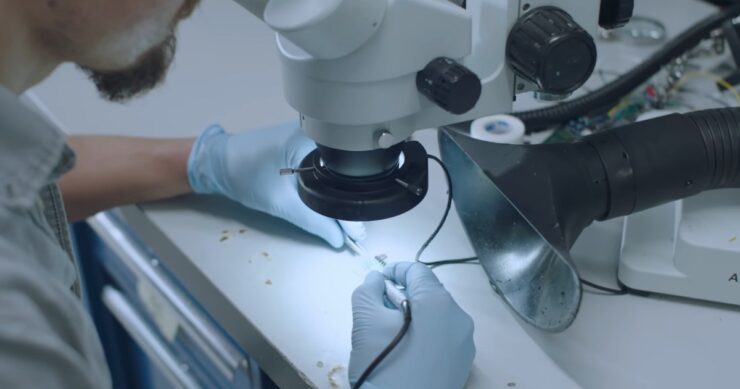
Neuralink’s first brain chip represents a bold step into the unknown, inviting us to reconsider the boundaries of human potential. As we stand at this frontier, it is crucial to foster a balanced discourse that embraces the possibilities of this technology while vigilantly addressing the ethical and safety concerns it raises.
The journey of Neuralink is not just about a company or a device; it is about the collective future of humanity as we explore the profound interplay between our brains and the digital world.
In this endeavor, collaboration, transparency, and ethical foresight will be key to ensuring that we harness this technology for the greater good, paving the way for a future where technology and humanity coalesce in harmony.

